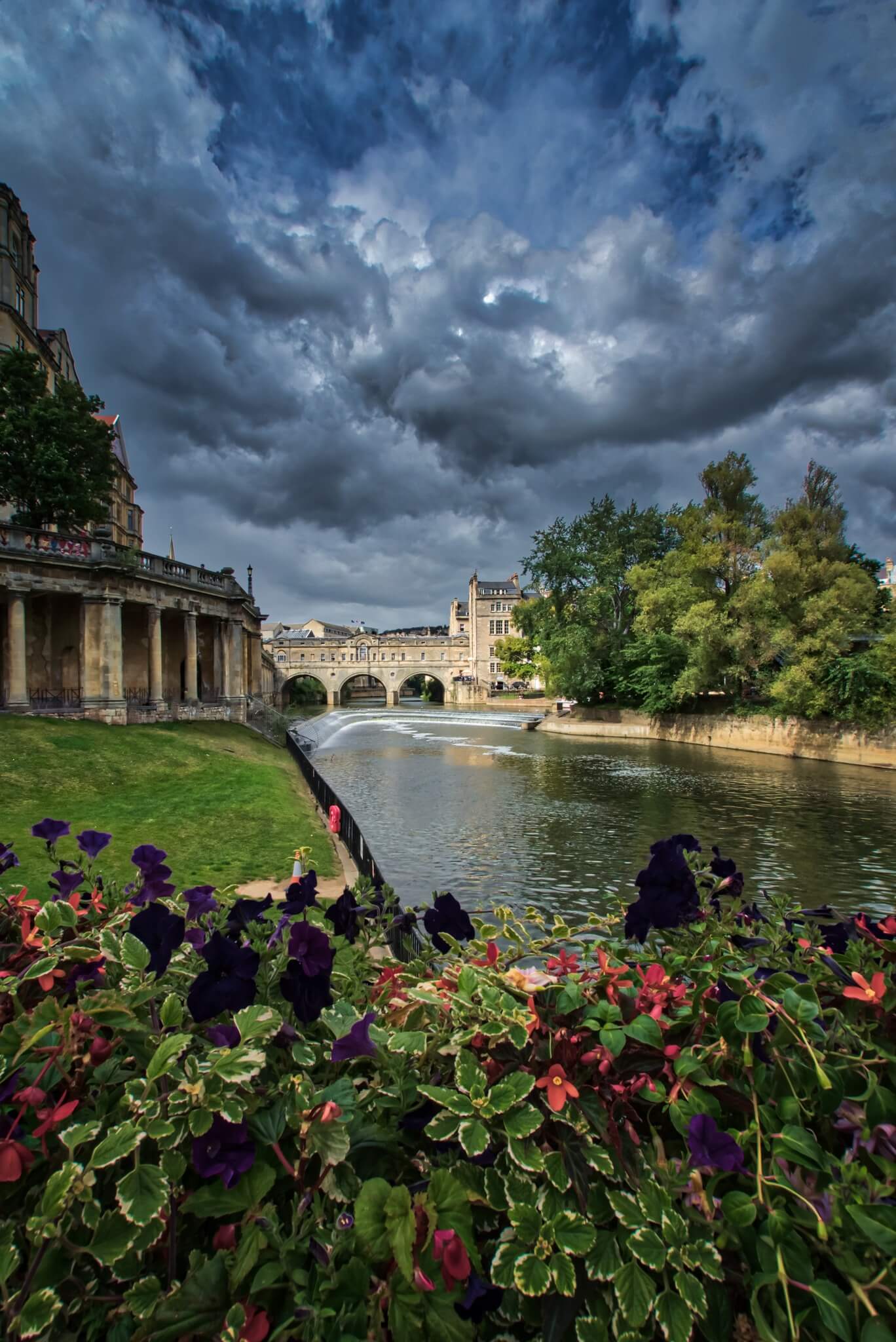About
Pulteney Bridge
Pulteney Bridge is one of the most admired buildings in Bath.
It is one of only three bridges lined with shops in the world. Across the River Avon from Bath lay the 600 acre estate of Bathwick. This was entirely rural when it was inherited by Francis Pulteney in October 1767, but its potential was obvious (No other English Spa could rival Bath in this period and the city was in the midst of a building boom). His first problem was that the only direct route from Bath to Bathwick was by ferry. At first Pulteney contemplated just a simple, functional bridge, designed by a local architect but by the summer of 1770 the brothers Adam were involved and the plans had undergone a dramatic change. Robert Adams planned a row of eleven small shops on each side, with staircases to attics above. Lofty Venetian windows formed the centrepiece of his design for the river façades, while matching Venetian Doors faced the street.
Pulteney Bridge was completed in 1773. Over the years the bridge was transformed as shops were converted, ruining the street elevations. By 1948 the buildings had become “a pathetic travesty of the original design”. In January 1936 the bridge was scheduled as a national monument and restoration planned to restore the original façade. The restoration was finally completed in time for the Festival of Britain in 1951.
